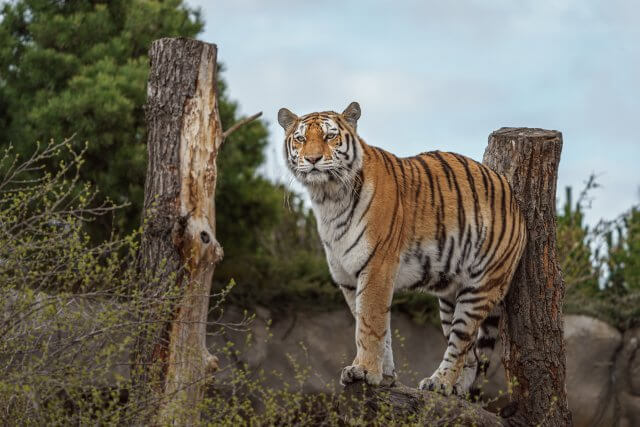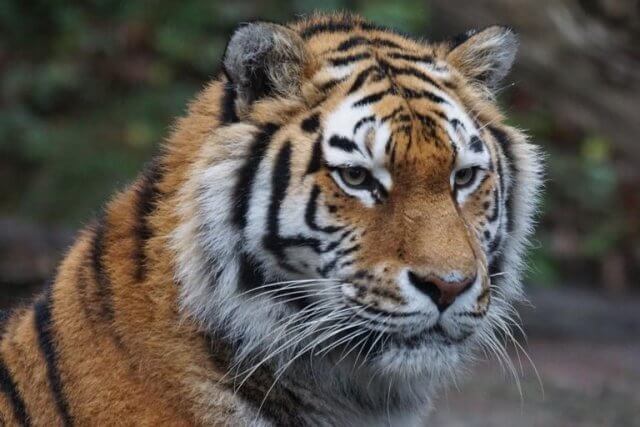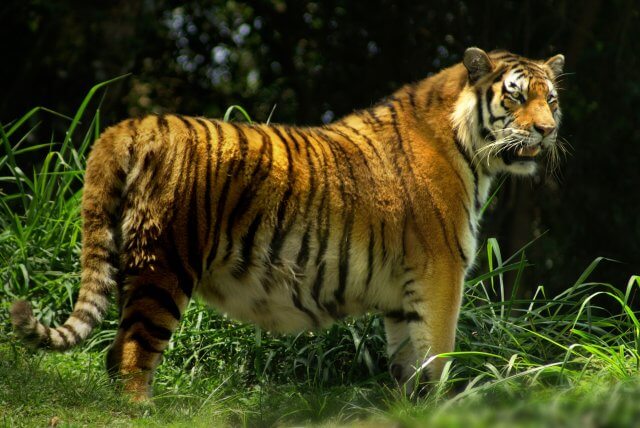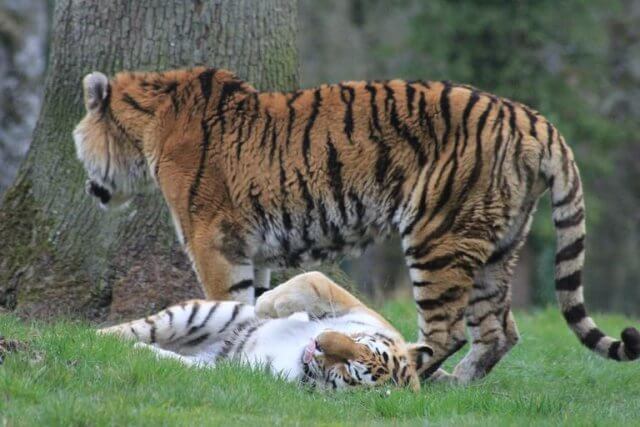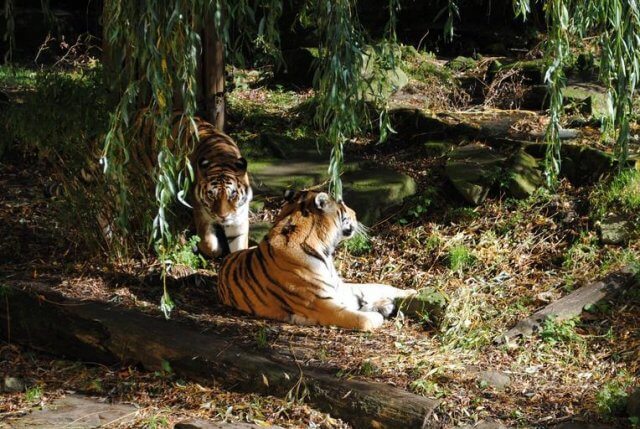Preserving Big Cats: The Vital Role of Human Protection
Preserving Big Cats:
Tigers are one of the most majestic and iconic animals on our planet. However, their existence has been threatened by human activities such as poaching and habitat destruction. Without the protection and conservation efforts of humans, tigers would be facing a much bleaker future. In this essay, we will explore where tigers would be if humans did not protect them.
The Impact of Human Protection on Tiger Populations
Tigers, the majestic and powerful creatures of the wild, have long captured the fascination and admiration of humans. However, their population has been steadily declining over the years due to various factors such as habitat loss, poaching, and human-wildlife conflict. In response to this alarming trend, humans have taken on the responsibility of protecting these magnificent animals. But have you ever wondered, where would tigers be if humans did not protect them?
The answer to this question is a grim one. Without human protection, tigers would be on the brink of extinction. In fact, it is estimated that without human intervention, tigers would have disappeared from the wild by now. This is because humans have played a crucial role in conserving and protecting tiger populations.
 One of the main ways in which humans have protected tigers is through the establishment of protected areas. These are designated areas of land where human activities are limited, and wildlife is allowed to thrive. Protected areas not only provide a safe haven for tigers but also help in preserving their natural habitats. Without these protected areas, tigers would have been forced to compete for resources with humans, leading to their decline.
One of the main ways in which humans have protected tigers is through the establishment of protected areas. These are designated areas of land where human activities are limited, and wildlife is allowed to thrive. Protected areas not only provide a safe haven for tigers but also help in preserving their natural habitats. Without these protected areas, tigers would have been forced to compete for resources with humans, leading to their decline.
Another significant impact of human protection on tiger populations is the implementation of anti-poaching measures. Poaching, the illegal hunting of tigers for their body parts, has been a major threat to their survival. However, with the efforts of conservationists and law enforcement agencies, poaching has been significantly reduced. This has allowed tiger populations to recover and grow in numbers. Without human protection, poaching would have continued to decimate tiger populations, pushing them closer to extinction.
Preserving Big Cats: Moreover, humans have also played a crucial role in mitigating human-wildlife conflict. As human populations continue to expand, tigers are increasingly coming into contact with humans, leading to conflicts. In the past, these conflicts often resulted in the killing of tigers by humans. However, with the implementation of measures such as relocation and community-based conservation programs, these conflicts have been reduced. This has not only saved the lives of tigers but also improved the relationship between humans and these animals.
Preserving Big Cats: In addition to these direct impacts, human protection has also indirectly benefited tiger populations. For instance, the conservation efforts put in place to protect tigers have also helped in preserving the habitats of other species. This has led to a healthier ecosystem, which is essential for the survival of tigers. Furthermore, the tourism industry, which is heavily reliant on tiger sightings, has also contributed to the protection of these animals. This has not only provided economic benefits to local communities but also created a sense of value and pride in conserving tigers.
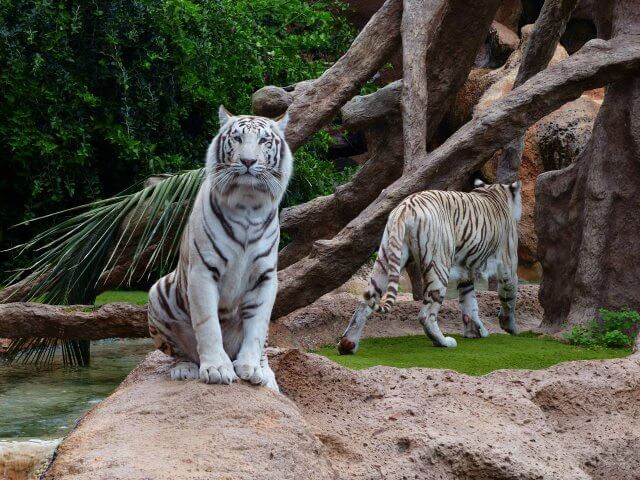 However, despite the positive impact of human protection on tiger populations, there are still challenges that need to be addressed. One of the main challenges is the lack of funding and resources for conservation efforts. As human populations continue to grow, the demand for resources also increases, leading to the destruction of tiger habitats. This highlights the need for continued support and investment in conservation efforts.
However, despite the positive impact of human protection on tiger populations, there are still challenges that need to be addressed. One of the main challenges is the lack of funding and resources for conservation efforts. As human populations continue to grow, the demand for resources also increases, leading to the destruction of tiger habitats. This highlights the need for continued support and investment in conservation efforts.
Preserving Big Cats: In conclusion, the impact of human protection on tiger populations cannot be overstated. Without human intervention, tigers would have faced extinction. The establishment of protected areas, anti-poaching measures, and efforts to mitigate human-wildlife conflict have all contributed to the recovery and growth of tiger populations. However, there is still much work to be done to ensure the long-term survival of these magnificent creatures. It is our responsibility as humans to continue to protect and conserve tigers for future generations to admire and appreciate.
Conclusion
Preserving Big Cats: Without human protection, tigers would likely face extinction in the wild. Due to habitat destruction, poaching, and other human activities, the tiger population has drastically declined in recent years. Without conservation efforts and laws in place to protect these majestic creatures, they would have little chance of survival. Tigers play a crucial role in maintaining the balance of their ecosystems, and their disappearance would have a ripple effect on the entire ecosystem. It is our responsibility as humans to protect and preserve these magnificent animals for future generations to come. Without our intervention, tigers would be at risk of disappearing from the planet entirely. It is imperative that we continue to prioritize their protection and work towards their conservation.
Read More About Preserving Big Cats From Wikipedia

